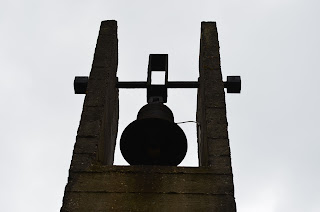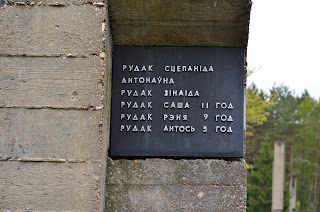Dogs Behaviour
 |
| Yes, this is me.Reggie. |
I
heard on a television programme recently that people who like dogs
see in them more human attributes than people who do not have a
liking for the animals. I’m not too sure how true this is. There
could be some truth in it as both my wife and I have loved dogs for
upwards of fifty years now and constantly see human traits in the
dogs we have owned.
A
couple of weeks ago we lost one of our dogs, Cassidy. He was a
Labradoodle and was not well when we got him. Sadly he lasted only
six months with us, and when he died our other dog, Reggie, an Irish
Wolfhound cross with a Labradoodle, showed very distinct signs of
distress and depression. The depression lasted until last week when
we took him with us on a short holiday to Southerness on the Galloway coast of
Scotland.
 |
| A bit wet on the beach at Southerness |
There he was able to run wild and free on a beach close to
the cottage we had hired for the week. He loved it! And thrived.
The only sign of any sadness came when we arrived home. Although he
was obviously glad to be back home he was subdued in comparison to
the way he had rushed around the beach and cottage garden in mad
enthusiasm for the short time we were away.
 |
| Can't stay dry forever can you? |
Yesterday
we picked up another Labradoodle. This time it is a two year old
bitch called Rita. Don’t laugh, we didn’t give her the name, and
it’s too late now to try and change it.
Rita
looks a lot like Cassidy in many way (apart from the obvious missing
bits). The major difference is that she is very very timid and
unsure of herself. Perhaps it is too early yet to say that, because
she is now in a new home with a new dog for company, rather than the
fairly mad house she lived in before where there were at least nine
dogs, several horses (not in the house) a multitude of birds and god
knows what else. It could well be that being in the company of so many dogs she had to take second place and was very unsure of herself. Although well behaved in the car on the way home,
she was very very nervous in the house and spent all last night
wandering around trying to eat stuff where she could smell food on
work surfaces, and generally exhibiting scared behaviour. After a
time she would come to my wife and I if we were sitting down, but when we
stood up she was frightened and woud not come near.
But
Reggie, the massive Wolfhound, took it all very much in his stride.
He did not act in any manner of aggression or over exuberance, he
simply sniffed and was sniffed, and allowed her to sleep on the
larger of the two beds we have set down for them. She was accustomed
to sleeping with other dogs in close proximity and for her this was
normal. Reggie likes his privacy, but didn’t object, he simply
went and slept on the other bed.
 |
| Reggie and Rita |
She
is still timid and will be for some time yet, it’s only 24 hours
since she met us. This morning I took Reggie out for a walk, as I
have always done, and she whined to come with us, but for this time I
felt it too early for her. Maybe tomorrow.
The
thing which has astonished both my wife and I is the way in whih he
has taken her under his wing, looked after her, shown her around the
house and garden and generally been a very gentle kind individual.
Not at all what one would assume on first looking at him and his
size. I think we have a good one in Reggie, and maybe in time with
his teaching she will be just as happy and gregarious as he is.


























